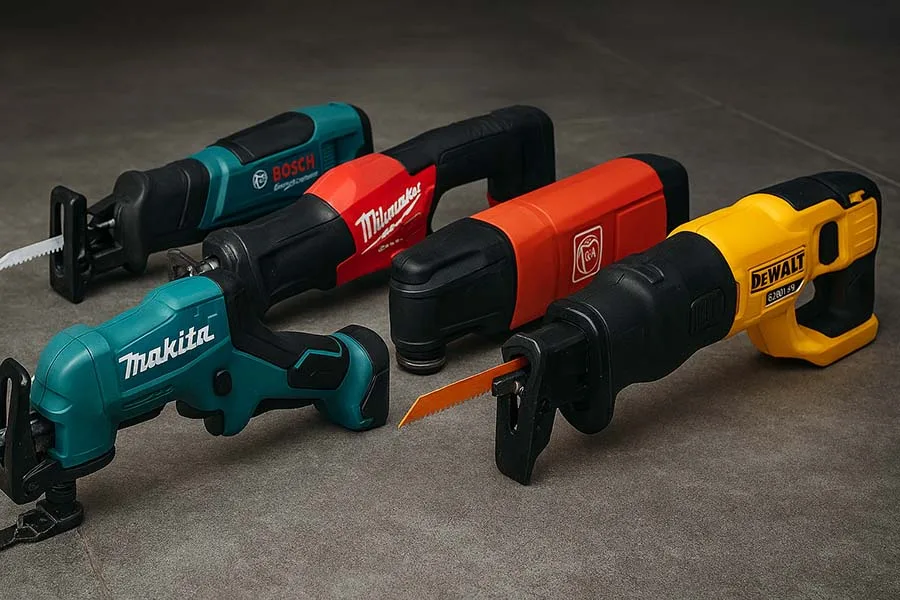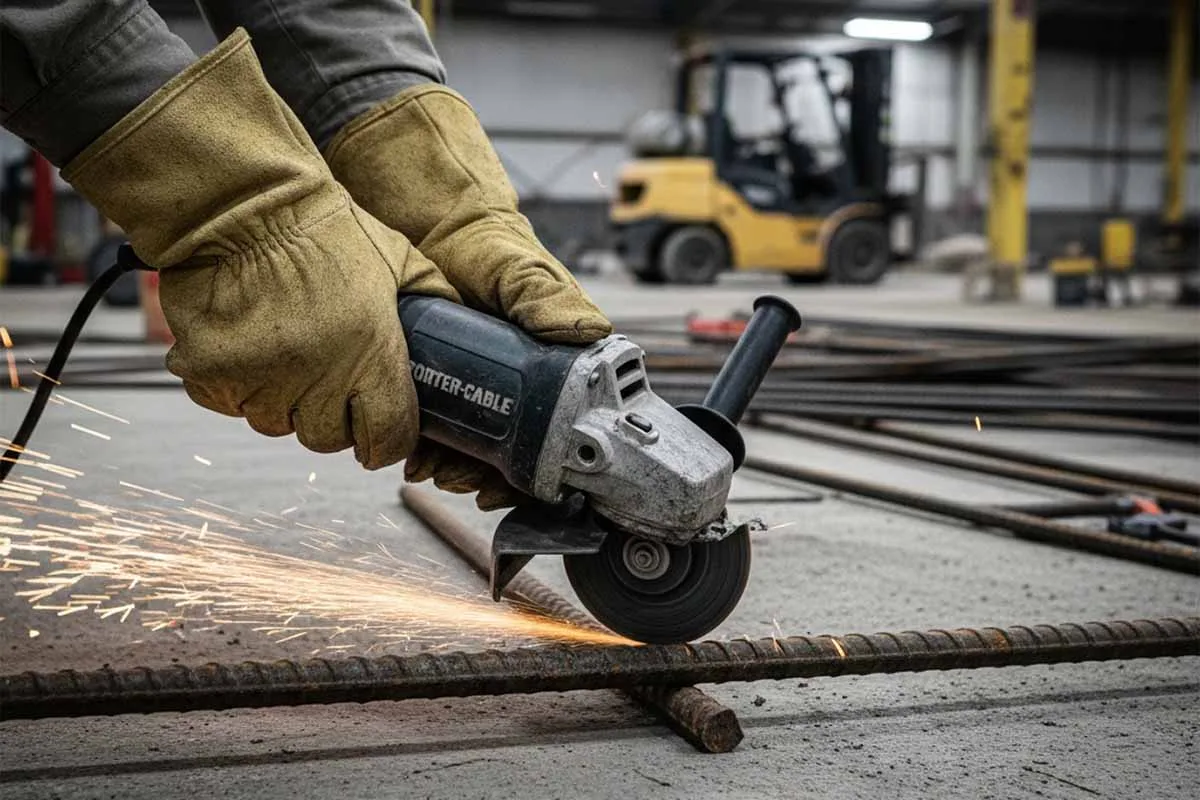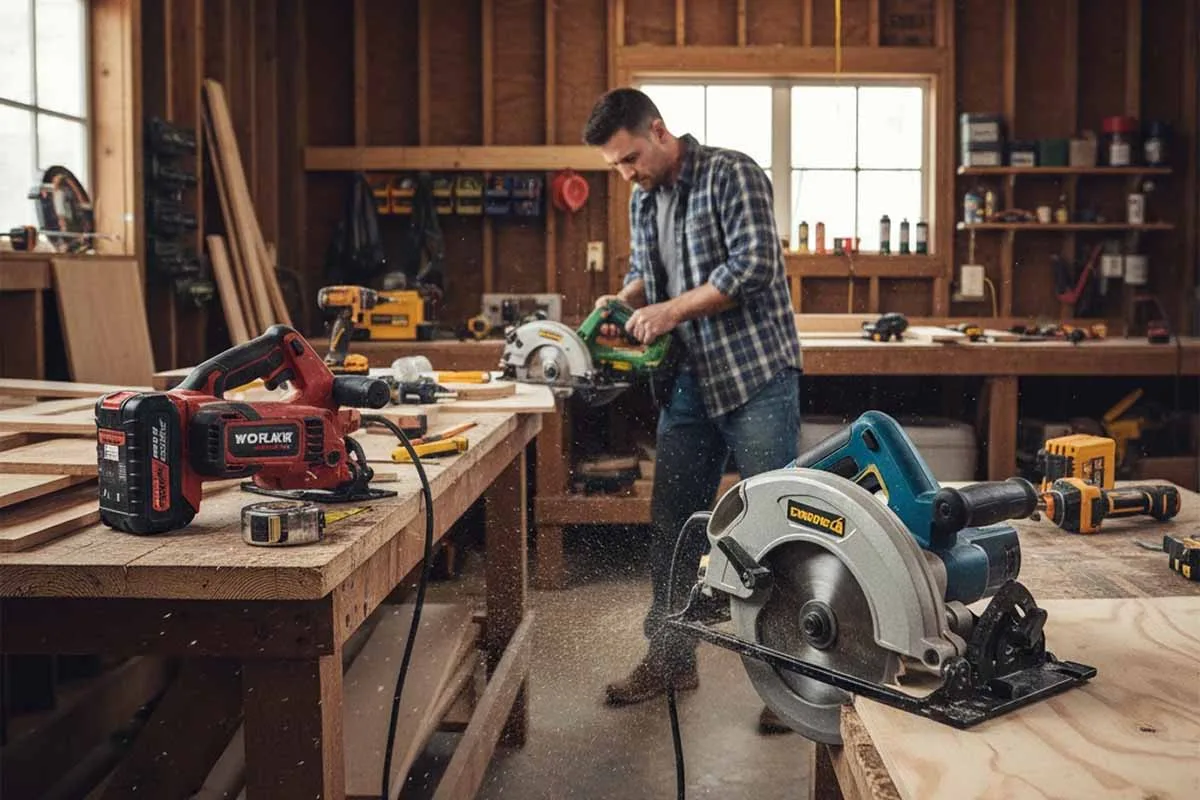Why Choosing the Right Compact Cutter Matters
In precision work, the wrong tool isn’t just inconvenient—it’s costly. Whether you’re cutting sheet metal, plastics, or composite panels, a compact cutter can make or break your workflow. Tools like the Bosch BGHS310 are engineered for speed, accuracy, and fatigue-free handling. But not all cutters are created equal. This guide helps you choose confidently, comparing top models and decoding specs so you invest in performance—not frustration.
Key Factors to Consider Before Buying
Before you commit, weigh these essentials:
- Material Compatibility: What will you cut—metal, plastic, wood, composites?
- Cutting Depth & Stroke Rate: Deeper cuts and faster strokes mean more versatility.
- Size & Weight: Lighter tools reduce fatigue, especially for overhead or field work.
- Battery Platform: Stick with your existing ecosystem (e.g., Bosch 18V, Makita LXT).
- Precision vs Speed: Oscillating tools offer control; reciprocating tools offer speed.
- Price vs Value: Don’t just chase deals—look for durability, warranty, and service.
Features & Specs That Matter
Understanding these specs helps you compare like a pro:
- Brushless Motor: More efficient, longer lifespan, less maintenance.
- SPM (Strokes Per Minute): Higher SPM = faster cutting.
- Cutting Depth: Determines material thickness you can handle.
- Ergonomics: Grip design, vibration control, and weight distribution.
- Blade System: Starlock, SDS, or quick-change—affects speed and compatibility.
- Dust Management: Crucial for indoor or fine material work.
Common Buying Mistakes to Avoid
- Ignoring Battery Compatibility: Mixing platforms leads to extra costs.
- Overbuying Power: Bigger isn’t always better—match tool to task.
- Skipping Warranty Details: Some brands offer 3–5 years; others just 12 months.
- Falling for “Pro” Labels: Focus on specs, not marketing.
- Neglecting Accessories: Blades, cases, and chargers add real value.
Recommended Top Picks (Bosch & Competitors)
Here’s a curated list of compact cutters worth considering:
| Model | Type | Best For | Platform |
|---|---|---|---|
| Bosch BGHS310 | Reciprocating | Sheet metal, plastics | Bosch 18V |
| Makita DJR185Z | Reciprocating | PVC, light metal | Makita LXT |
| DeWalt DCS356 | Oscillating | Multi-material, precision | DeWalt 20V Max |
| Milwaukee M12 FHZ | Hackzall | Tight spaces, fast cuts | Milwaukee M12 |
| Fein MultiMaster AMM 700 | Oscillating | High-precision, pro-grade | Fein AMPShare |
Sources: Manufacturer specs and user reviews.
Best Compact Cutters for Pros FAQ
Did You Know?
Interesting Fact: Bosch’s BGHS310 was designed with input from HVAC technicians to optimize grip and blade angle for overhead cuts.
Lesser-Known Fact: Oscillating cutters can be used for grout removal and plunge cuts—making them surprisingly versatile for renovation work.
Further Read
- Bosch BGHS310 vs Makita DJR185Z | Best Compact Cutter Comparison
- BGHS310 Debut Review | Industrial Tools
Conclusion: Buy Smart, Cut Clean
Choosing the right compact cutter isn’t just about specs—it’s about workflow, comfort, and long-term value. Whether you go with Bosch, Makita, or Milwaukee, understanding your needs and the tool’s capabilities is key. We hope this guide helps you cut through the noise and make a confident decision.
Have a favorite cutter or tip to share? Drop a comment below and help fellow pros make smarter choices. If this guide helped you, share it with your crew or on social media—it might save someone a costly mistake.





